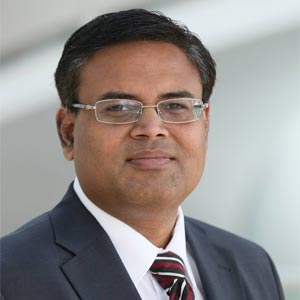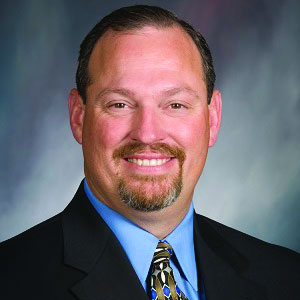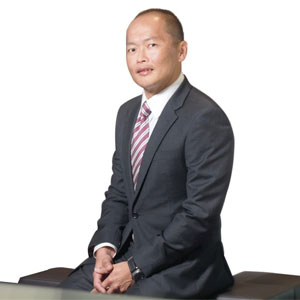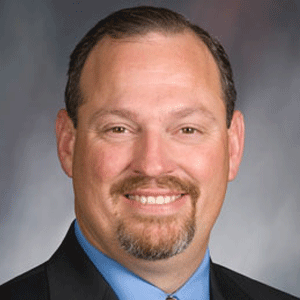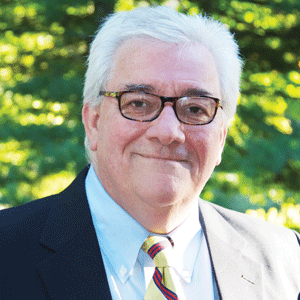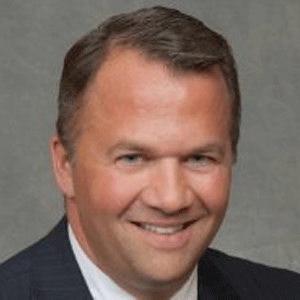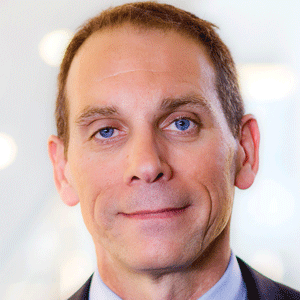THANK YOU FOR SUBSCRIBING

Connected Patients: Healthcare and the Internet of Things
Geoff Feakes, Group CIO, Tunstall Healthcare Group

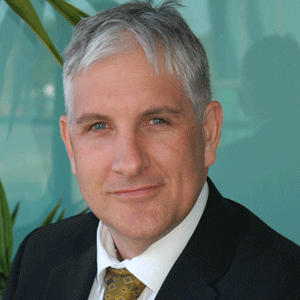
Geoff Feakes, Group CIO, Tunstall Healthcare Group
Healthcare is an incredibly important part of every society, and the resources that it demands continue to rise across many developed and developing countries. As traditional healthcare delivery struggles to meet ever increasing demand, new efficiencies need to be found that deliver quality healthcare services at scale.
Technologies like the Internet of Things (IoT) refers to the expanding network of devices that can communicate and interact with one another to fulfil a range of functions, and the potential to generate valuable data from these devices. Devices include wearables, like smart watches and implants, as well as sensors, home monitoring and energy management.
Within healthcare, IoT is coming to the fore as an efficient way to gather a huge range of data from patients. Such devices can collect, analyse, and report on health data from users. Now, while users can generate a wealth of data, how do healthcare providers respond?
IoT infrastructure and processes need to be designed to accommodate and integrate into existing healthcare models.
Implications for IoT in Healthcare
IoT can enable clinicians to capture data from a myriad of sources, including those outside of traditional healthcare, to form a more complete picture of a patient’s health and lifestyle.
Further to this, IoT Big Data will allow managers, planners, and government to identify trends and needs across society. Health data gathered en masse and in real time could effectively inform policy and validate decision-making.
With all this data at one’s fingertips, secure reporting and analysis will become crucial in correctly addressing the needs of patients. Intelligent workflows should consider the function of all devices, the role of the patient, and priorities of healthcare providers and specialists in responding to available data.
Limits/Challenges of IoT in Healthcare
With good reason, security is one of the primary challenges in successfully integrating IoT in healthcare.
End-point consumer devices should have a range of security measures integrated into their function, and be able to be isolated from the wider network in the event of a breach. Security for IoT is often focused on single devices, and integration of multiple devices can lead to mismatched and unwieldy systems. Determining device security should be based on balancing available processing, interfaces, and threat analysis. Scalability can help integrate security across various kinds of devices.
Privacy should go hand-inhand with security, balanced with accessibility and usability for participants.
Traditional healthcare has recognised the benefits of IoT, however given the large structures and bureaucracy involved, the pace of change is slow. Steps by large public bodies, including the UK’s NHS, have increased the acceptance of new IoT-enabled patient management models. However, there has been a lack of buy-in from GPs and local health networks, as the investment and training required for IoT stretches resources even further. Demonstrating value and ROI will encourage initial investment from healthcare systems focused on efficiency and minimising cost.
Another challenge will be sustaining patient and clinician engagement. The benefits and accessibility of devices should drive behavioural change.
Future of IoT
The pace of change within IoT, and digital technology as a whole, is clearly accelerating day-to-day.
Of particular interest within healthcare is the application of Artificial Intelligence (AI) in interpreting huge amounts of data, recognising needs, and recommending actions for patients. Some hospitals have already started implementing Smart Beds that can capture and detect a patient’s movements, automatically adjust the pressure of their bed, and allow for the information to be analysed in real-time.
I expect we’ll see large healthcare systems expand the role of ‘autonomous healthcare’ in managing day-to-day patient care, and enable secure communication methods for the information exchanged between these health systems. Ultimately a secure Electronic Health Record (EHR) is created that ensures patients have control over who can see their health information. IoT will be a key component of the growing health ecosystem, and in the rush/drive to collect more data and provide improved healthcare outcomes, we must not ignore the basic requirements of information privacy and security, while ensuring that health data collected is clinically validated.
Of course, trained clinicians will still manage decision-making for key healthcare interventions, at least for the foreseeable future, but with IoT and the implementation of secure data analytics clinicians will have more tools at their disposal to ensure effective clinical management for patients and improved health outcomes.
With almost 60 years of global experience and operating in over 50 countries, Tunstall Healthcare is a provider of connected care and connected health solutions. Tunstall offers a truly end-to-end solution, encompassing design and development, consultancy and service support, deployment and training, and triage and monitoring services.


